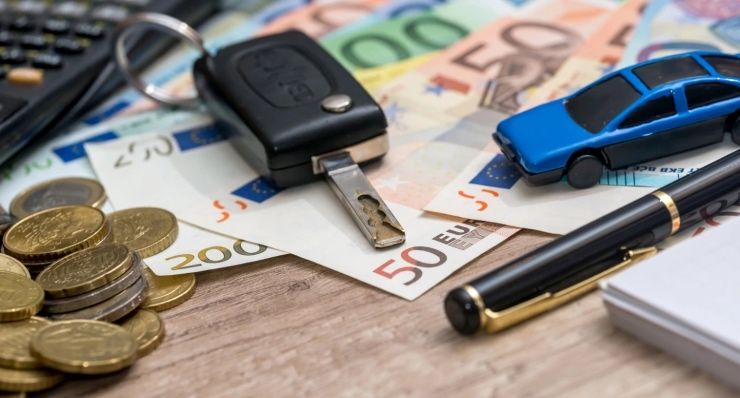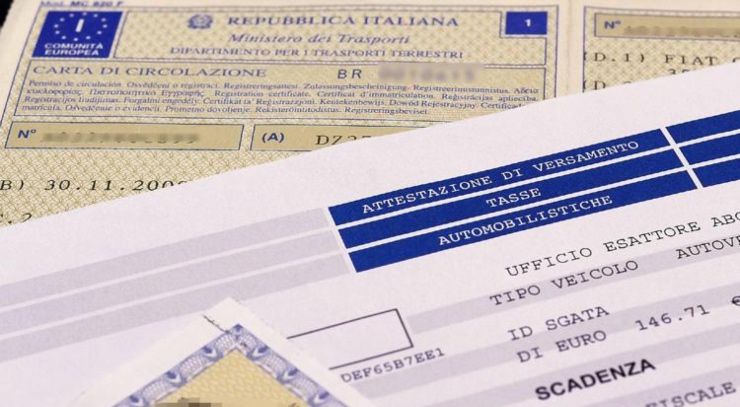Vehicles over 185 kW were affected by the EUR 20 per kW surcharge. However, after its introduction, there was an explosion of reversal of vehicles with foreign plates circulating in Italy. Avoiding the taxman in this way: there was a gap of 140 million in 2012 alone, the first year of application.

The announcement of a possible cancellation of the super stamp has more or less scattered the mailboxes and the WhatsApp of all the professionals of the automotive sector with the following tone: “If Meloni removed the super stamp, not only would I vote for her, but I would also marry her “.
This idea, collected by parliamentary circles, is actually on the table, even if the timing for the intervention has not yet been defined. But what is behind this tax and why is it hated so much?
A super stamp that has caused a lot of damage
The public revolt certainly did not come from those who are willing to spend 100,000 euros or more for a supercar, but from a large group of motorists who are asked for a super stamp that exceeds the price of the car itself for a cheap car. However, in addition to the protestsmust also be taken into consideration technical factors.
This is due to the fact that the super stamp caused considerable damage to government revenue. To better understand this problem, it is necessary to go back to 2011, the year of introduction of the standard, or the first year of operation, 2012.

The tax surcharge on car tax, official name, started in July 2011 and provides for the application of an amount equal to 10 euros for each kW of vehicle power exceeding 225 kW with retroactive effect for the whole of 2011. Then from 1 January 2012 the premium was raised to 20 euros / kW and extended to the vehicles with power greater than 185 kW.
In 2012 the total loss was approximately 140 million euros due to lower tax revenues and lost profits, divided as follows: 19.8 million for the Regions for non-payment of the stamp duty, 93 million in VAT revenue for the State, 5.2 million for IPT for the Provinces and 9 million on RCA.
A series of unforeseen and counterproductive developments, caused by the situation itself, have put a strain on the Treasury. In particular, the reduction in new registrations of vehicles with a displacement greater than 185 kW.
The phenomenon of overstacking
Needless to say, northern Italy has seen a surge in “false leasing“Of cars rented with a German license plate and used by Italian customers (without payment of VAT, stamp duty, super stamp duty, IPT, non-payment of fines, in addition to the impossibility of seizing a vehicle registered abroad, evasion of the income meter and the complexity of road checks)
Furthermore, the the phenomenon of tax inversion vehicles prohibited for export to EU countries with Austrian, German, Romanian or Bulgarian license plates.

And the explosion of diffusion for export both of cars with new registration, then deregistered and re-registered with a foreign license plate, both of used cars that after the second year no longer bring tax revenues into the country. This has been confirmed by 2012 data, which shows that sales of vehicles over 185 kW have more than doubled (from about 13,000 in 2011 to about 29,000, + 115%).
And so now it’s back to the question of superage stamp cancellation. This tax is also easy to apply, as to make it valid it would not even require a calculation of the economic coverage, since in addition to bringing nothing, it also causes the State to lose tax revenues.
And we all motorists obviously remain with hope.



